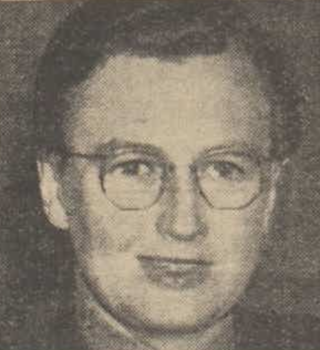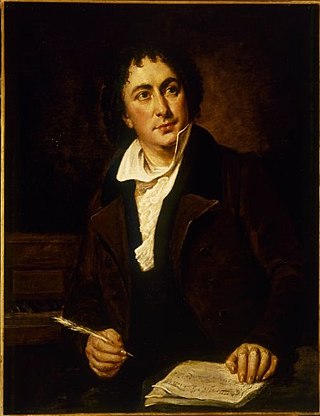Related Research Articles

The premier of Western Australia is the head of government of the state of Western Australia. The role of premier at a state level is similar to the role of the prime minister of Australia at a federal level. The premier leads the executive branch of the Government of Western Australia and is accountable to the Parliament of Western Australia. The premier is appointed by the governor of Western Australia. By convention, the governor appoints as premier whoever has the support of the majority of the Western Australian Legislative Assembly, the lower house of the Parliament of Western Australia. In practice, this means that the premier is the leader of the political party or group of parties with a majority of seats in the Legislative Assembly. Since Western Australia achieved self-governance in 1890, there have been 31 premiers. Roger Cook is the current premier, having been appointed to the position on 8 June 2023.

Colonel Matron Kathleen Annie Louise Best, was the first director of the Women's Royal Australian Army Corps.

The Commonwealth Court of Conciliation and Arbitration was an Australian court that operated from 1904 to 1956 with jurisdiction to hear and arbitrate interstate industrial disputes, and to make awards. It also had the judicial functions of interpreting and enforcing awards and hearing other criminal and civil cases relating to industrial relations law.

Sir Malcolm Donald McEacharn was Mayor of Melbourne from 1897 to 1900. He was a well-known Australian shipping magnate in the early part of the twentieth century and successfully stood for the Division of Melbourne at the inaugural federal election, held in 1901.
The Royal Society of Queensland was formed in Queensland, Australia in 1884 from the Queensland Philosophical Society, Queensland's oldest scientific institution, with royal patronage granted in 1885.
Lieutenant general is the second-highest active rank of the Australian Army. It was created as a direct equivalent of the British military rank of lieutenant general, and is considered a three-star rank.

Joseph Palmer Abbott was an Australian politician. He was a member of the Country Party and served in the House of Representatives from 1940 to 1949, representing the Division of New England. During World War II he briefly held ministerial office as Minister for Home Security and assistant minister to the defence and army ministers.
The Chief Justice of New South Wales is the senior judge of the Supreme Court of New South Wales and the highest-ranking judicial officer in the Australian state of New South Wales. The Chief Justice is both the judicial head of the Supreme Court as well as the administrative head, responsible for arranging the business of the court and establishing its rules and procedures.
Olive Eva Anstey was an Australian hospital matron.

Grace Margaret Wilson was a high-ranked nurse in the Australian Army during World War I and the first years of World War II. Wilson was born in Brisbane, and completed her initial training as a nurse in 1908. After the outbreak of World War I she joined the Australian Army Nursing Service (AANS) and subsequently transferred to the First Australian Imperial Force. From 1915 until 1919 she was the principal matron of the 3rd Australian General Hospital. She served as the temporary matron-in-chief in the AIF Headquarters, London from late 1917 until early 1918. Wilson returned to Australia in 1920 and left the AIF to work in civilian hospitals. She was appointed the matron-in-chief of the AANS in 1925, and in September 1940 joined the Second Australian Imperial Force. She served in the Middle East until August 1941, when she returned to Australia due to ill health. She left the Army the next month, but from September 1943 worked in the Department of Manpower Directorate (Victoria)'s nursing control section.
Katrina Zepps was an Australian nurse (general), nurse educator and refugee. She was born in Hlukhiv and died in Turramurra, Sydney, New South Wales, Australia.

This is a list of Australian musical composers.
Cheltenham Cemetery, originally the Port Adelaide and Suburban Cemetery, Cheltenham but known as Woodville Cemetery, was established in 1876 by the Port Adelaide Corporation. Funds were allocated for the cemetery by the South Australian colonial administration in 1874. The first recorded burial was Mrs. Hannah Mussared on 27 Jul 1876. There is an Islamic cemetery located nearby too.
Rear Admiral Frederick Tickell, was a senior officer of the Royal Australian Navy.
Rear Admiral Patrick Perry, was a senior officer of the Royal Australian Navy (RAN). A paymaster officer, he served as secretary to successive heads of the RAN, retiring as Fourth Naval Member of the Naval Board and Chief of Supply in 1963.

Annie Ina Laidlaw was an Australian nursing matron who led the Royal Australian Naval Nursing Service during the Second World War.
References
- ↑ Fairfax, Denis (1979). "William James Carr (1883–1966)". Australian Dictionary of Biography . Vol. 7. Canberra: National Centre of Biography, Australian National University. ISBN 978-0-522-84459-7. ISSN 1833-7538. OCLC 70677943 . Retrieved 9 December 2023.
- 1 2 Vines, Patricia C. (2000). "Annie Ina Laidlaw (1889–1978)". Australian Dictionary of Biography . Vol. 15. Canberra: National Centre of Biography, Australian National University. ISBN 978-0-522-84459-7. ISSN 1833-7538. OCLC 70677943 . Retrieved 9 December 2023.
- ↑ "Publication:Semaphore – Issue 19, 2006 – Royal Australian Navy". 14 May 2009. Archived from the original on 14 May 2009. Retrieved 9 December 2023.
- ↑ "Matron Annie Laidlaw". www.navy.gov.au. Royal Australian Navy. Retrieved 9 December 2023.